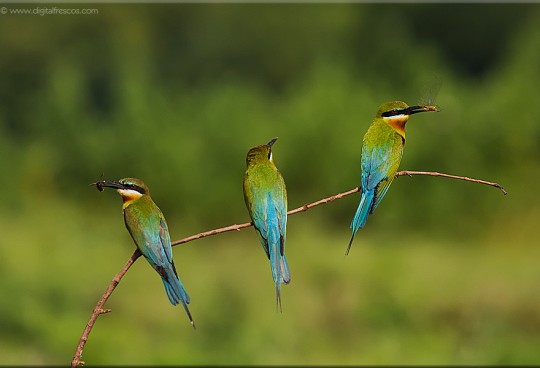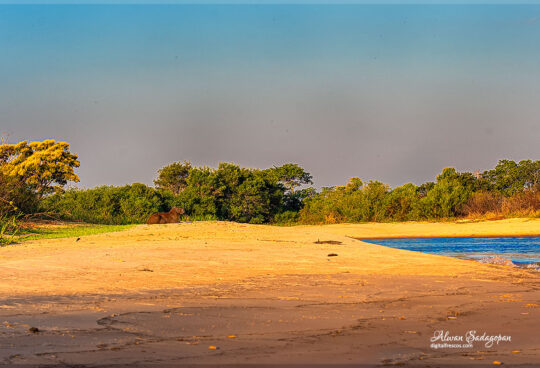The Pacific golden plover (Pluvialis fulva) is a medium-sized plover. The genus name is Latin and means relating to rain, from pluvia, “rain”. It was believed that golden plovers flocked when rain was imminent. The 23–26 cm long breeding adult is spotted gold and black on the crown, and back on the wings. Its face and neck are black with a white border, and it has a black breast and a dark rump. The legs are black. In winter, the black is lost and the plover then has a yellowish face and breast, and white underparts. This wader forages for food on tundra, fields, beaches and tidal flats, usually by sight. It eats insects and crustaceans and some berries. The breeding habitat of Pacific golden plover is the Arctic tundra from northernmost Asia into western Alaska. It nests on the ground in a dry open area.
It is migratory and winters in south Asia and Australasia. A few winter in California and Hawaii, USA. In Hawaii, the bird is known as the kōlea. They return to the same wintering territory each year, which allowed scientists in Hawaii to attach tiny light level geolocator devices to the birds and then retrieve them the following year in the same location. This research revealed that these birds make the 4800 km non-stop flight between Alaska and Hawaii in 3–4 days. This species is classified as least concern by IUCN.
![]()






Sorry, the comment form is closed at this time.